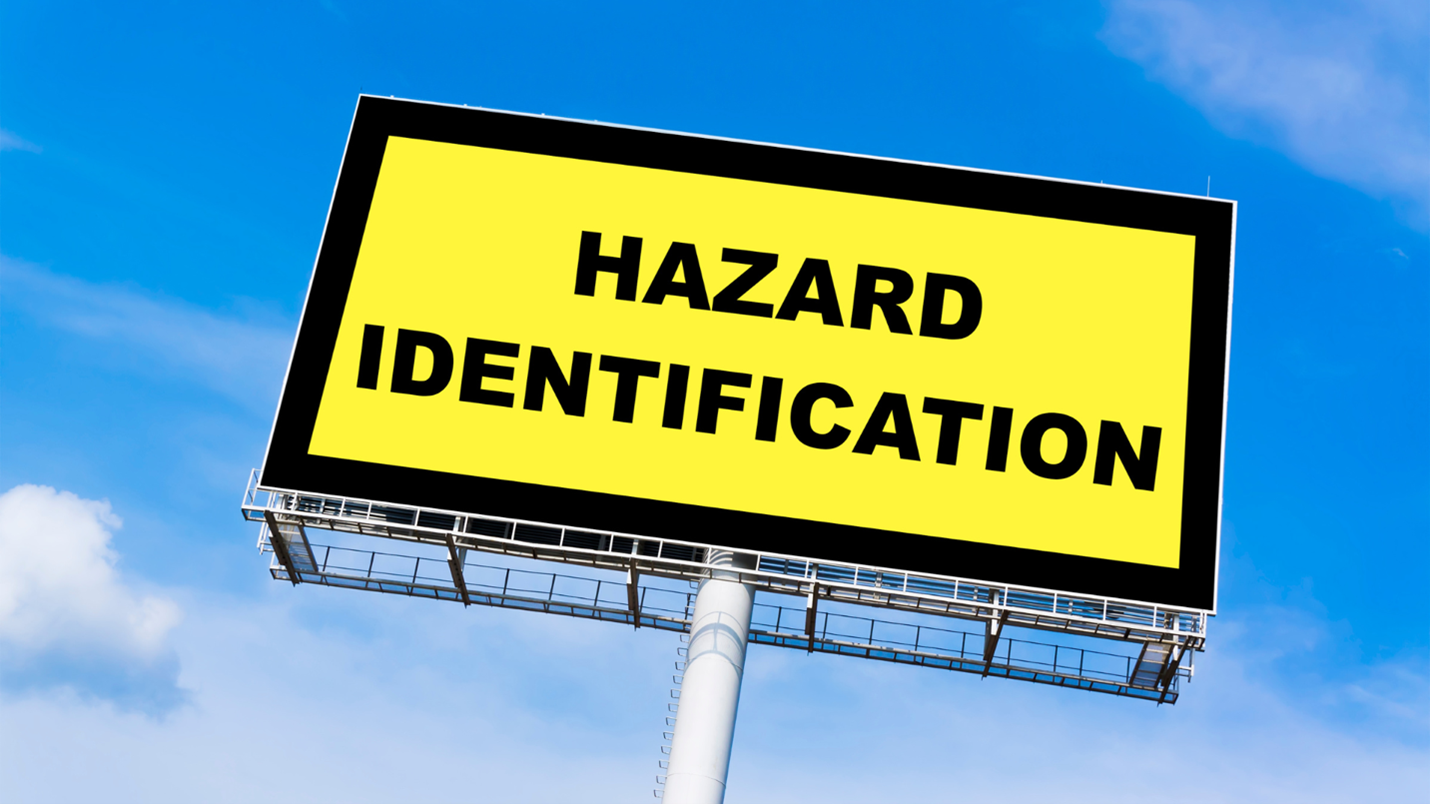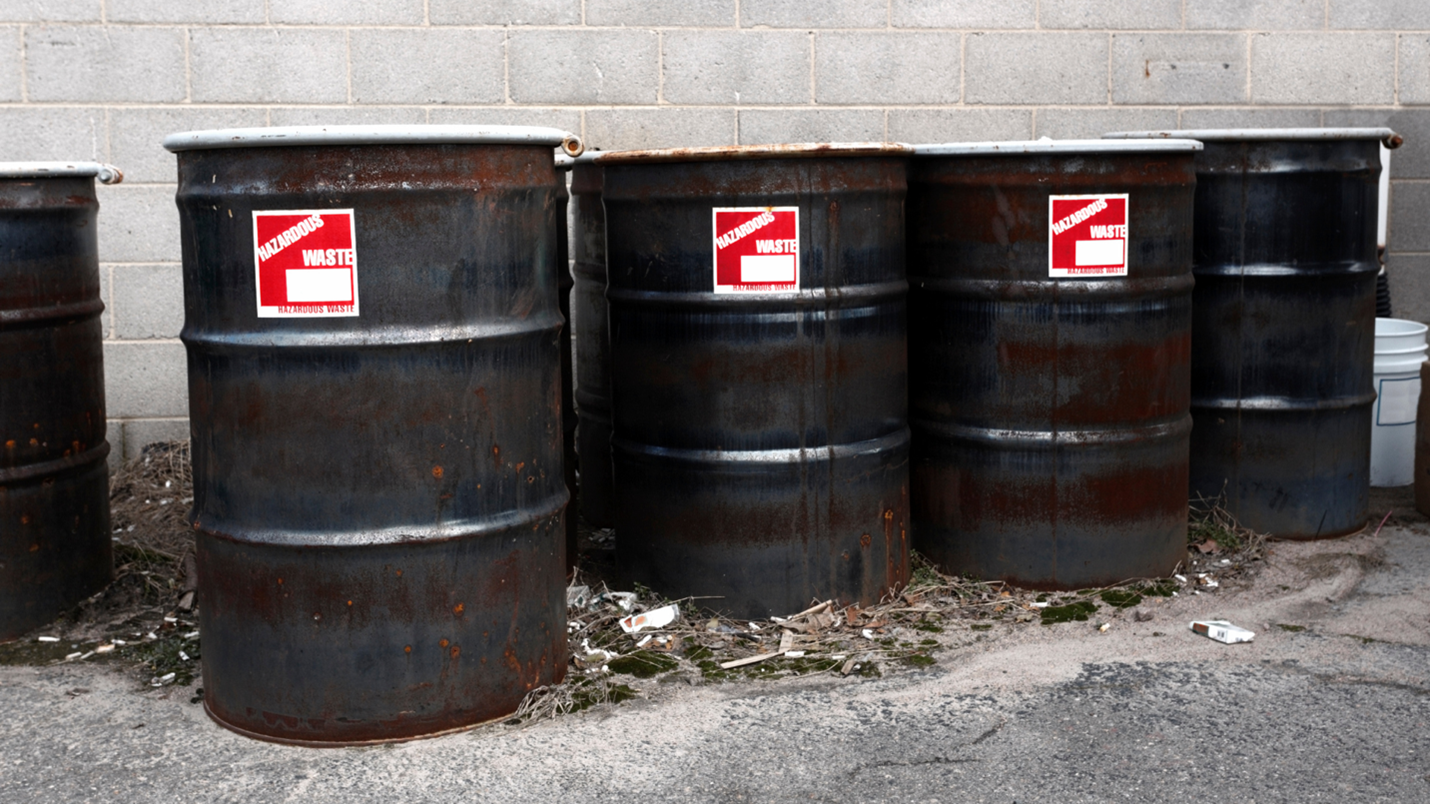Hazardous Waste Management
-

Safety Tips for Items with Lithium-Ion Batteries
Lithium-ion batteries have revolutionized the way we power our portable electronic devices. From smartphones and laptops to electric vehicles and drones, these rechargeable batteries are essential to our daily lives. While they offer numerous energy density and longevity advantages, they also come with some safety considerations. In this blog, we’ll explore important safety tips for […]... Learn more
-

Things You Can Do to Prepare Your Workplace to Handle Accidents & Incidents
As an employer or employee, it is important to be prepared for accidents and incidents that may occur in the workplace. Accidents can happen unexpectedly, and it is advantageous to be equipped with the necessary knowledge and resources to handle them. Here are ten things you can do to prepare your workplace for handling accidents […]... Learn more
-

What You Need to Know About a Hazmat Report
A Hazmat (Hazardous Materials) Report provides information about the transportation of hazardous materials. It includes details such as the type and quantity of the hazardous materials, the transportation route, and the responsible party’s contact information. A Hazmat Report aims to ensure the safe transportation of hazardous materials and to provide emergency responders with critical information […]... Learn more
-

IMDG Code, 2022 Edition Amendment 41-22
The International Maritime Dangerous Goods Code (IMDG Code) lays out the regulatory framework for all aspects of handling dangerous goods and marine pollutants in sea transport. Amendment 41-22 includes revisions to various sections of the Code and to transport requirements for specific substances. It was adopted by the International Maritime Organization’s Maritime Safety Committee at its […]... Learn more
-

How To Dispose of And Recycle Batteries
There has been a considerable increase in the demand for batteries and the evolution and history of the battery. This demand stems from billions of people carrying electronics that consume electricity. These electronics include cell phones, laptops, and digital cameras. So, whether it is a rechargeable cell phone battery, a standard alkaline AA battery, or […]... Learn more
-

What To Look for In a Hazardous Waste Management Company
Businesses that handle hazardous waste cannot function without knowing how to dispose of the waste correctly. So many regulations and protocols govern the management of hazardous waste, and they keep changing over time. You need the expertise to stay compliant in an ever-evolving regulatory environment. Finding the “right” hazardous waste disposal company cannot be understated. […]... Learn more
-
How To Be Prepared For A Hazardous Emergency
At Global Hazmat, we know even though you have taken all the precautions possible to prevent a hazardous spill or emergency in your workplace, mistakes can happen and these events could still occur. While you should do you best to train your employees and make your workplace safe to prevent this situations, you should also […]... Learn more
